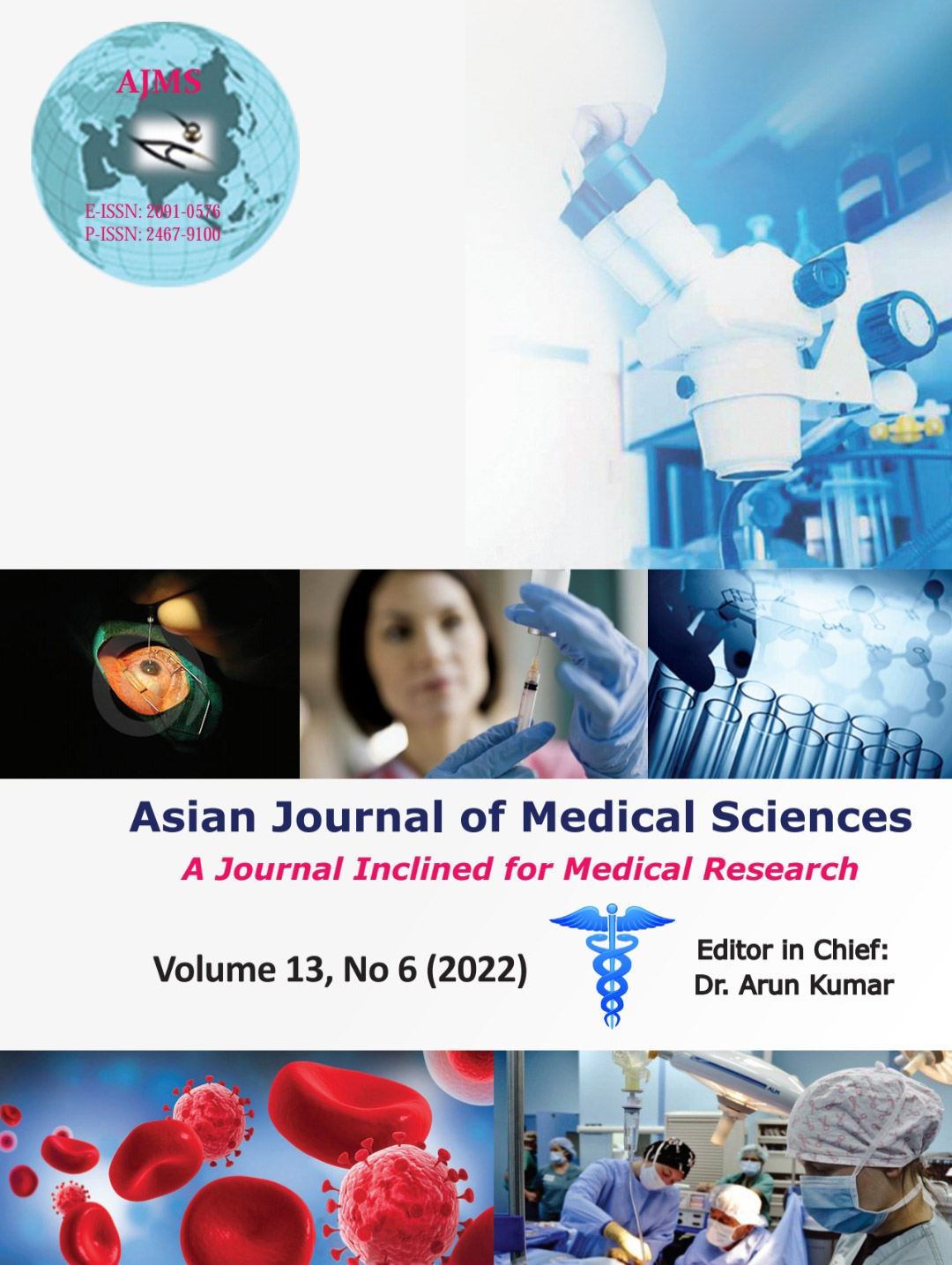Sequential evaluation of DNA damage in patients with head and neck carcinoma receiving radiotherapy
Keywords:
Comet assay, DNA damage, Head and neck carcinoma, RadiotherapyAbstract
Background: Head and neck cancers account for about 30% of all cancers in India. Studies showed that there is an increased primary DNA damage even before the commencement of any modality of treatment in cancer patients which is further increased by the treatment. Chemo-radiation induced DNA damage is not repaired so effectively in patients with carcinoma which might pave way for secondary carcinoma.
Aims and Objectives: The aim of this study was to assess the degree of DNA damage by comet assay technique in patients with head and neck carcinoma receiving radiotherapy. The degree of DNA damage was compared according to the age, gender, and associated risk factors of the patients.
Materials and Methods: 35 patients with Stages II, III, and IVA, histopathologically confirmed Squamous cell carcinoma of head and neck with Karnofsky Performance Status >70 attending radiotherapy OPD for treatment were included in this study.1 ml of heparinized blood was collected from the study participants during various doses of radiation treatment. All the samples were processed immediately and analyzed for DNA damage by single cell gel electrophoresis assay - Comet assay technique.
Results: The comet length parameter, head diameter, and tail length were found to be increased when compared to baseline sample. The percentage of DNA in head parameter of post-RT sample was decreased when compared to baseline sample All these findings are indicative of DNA damage following radiotherapy.
Conclusion: Patients with locally advanced head and neck carcinoma following radiotherapy showed a sequential increase in the DNA damage. The co-existing risk factors and old age may increase the baseline DNA damage in the patients with head and neck cancers.
Downloads
Downloads
Published
How to Cite
Issue
Section
License
Copyright (c) 2022 Asian Journal of Medical Sciences

This work is licensed under a Creative Commons Attribution-NonCommercial 4.0 International License.
Authors who publish with this journal agree to the following terms:
- The journal holds copyright and publishes the work under a Creative Commons CC-BY-NC license that permits use, distribution and reprduction in any medium, provided the original work is properly cited and is not used for commercial purposes. The journal should be recognised as the original publisher of this work.
- Authors are able to enter into separate, additional contractual arrangements for the non-exclusive distribution of the journal's published version of the work (e.g., post it to an institutional repository or publish it in a book), with an acknowledgement of its initial publication in this journal.
- Authors are permitted and encouraged to post their work online (e.g., in institutional repositories or on their website) prior to and during the submission process, as it can lead to productive exchanges, as well as earlier and greater citation of published work (See The Effect of Open Access).




